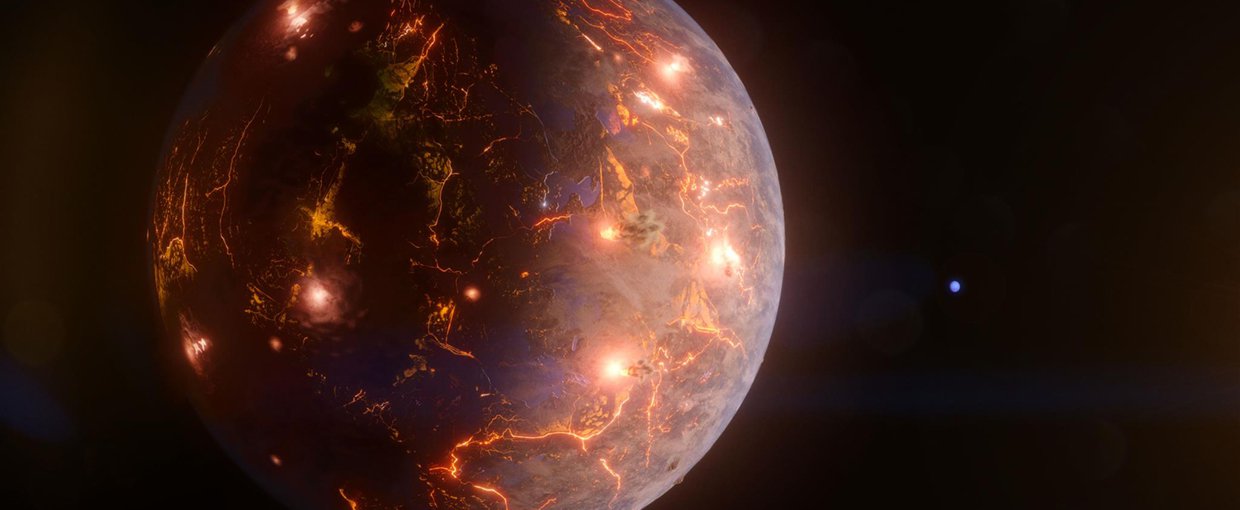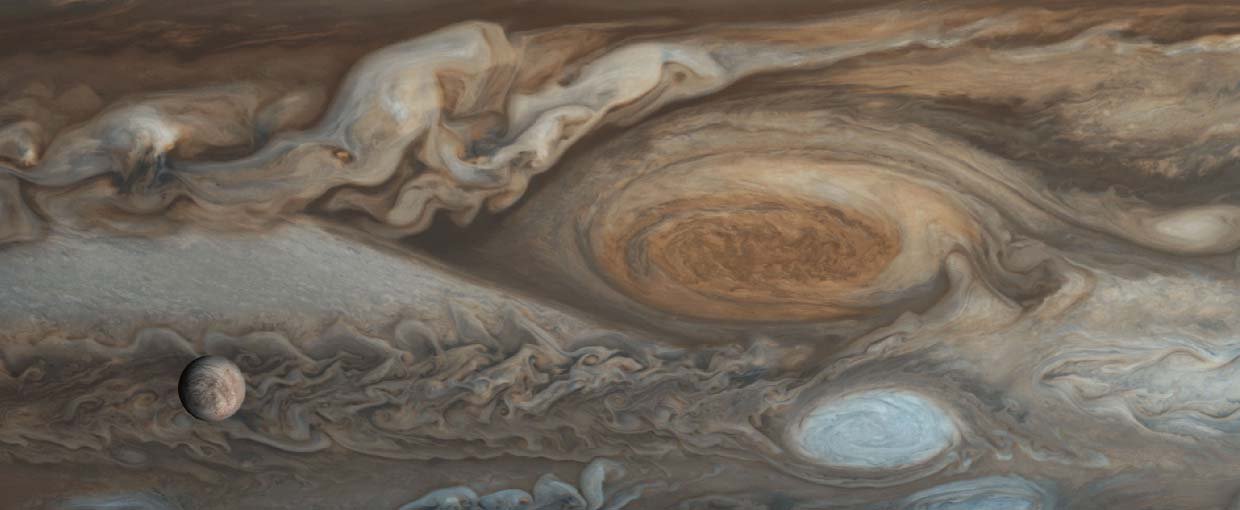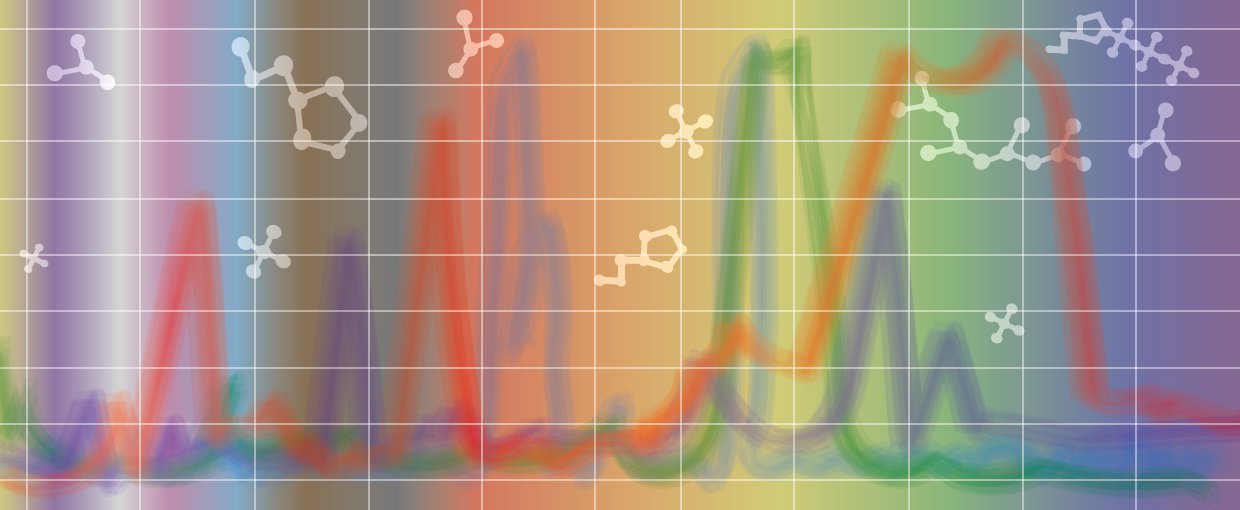Anderson, R. E., Brazelton, W. J., & Baross, J. A. (2013). Reviews in Mineralogy and Geochemistry, 75(1), 649–675. doi:10.2138/rmg.2013.75.20
Beard, B. L., Ludois, J. M., Lapen, T. J., & Johnson, C. M. (2013). Earth and Planetary Science Letters, 361(None), 173–182. doi:10.1016/j.epsl.2012.10.021
Becker, A. C., Kundurthy, P., Agol, E., Barnes, R., Williams, B. F., & Rose, A. E. (2013). The Astrophysical Journal, 764(1), L17. doi:10.1088/2041-8205/764/1/l17
Bergin, E. A., Cleeves, L. I., Gorti, U., Zhang, K., Blake, G. A., Green, J. D., … Andrews, S. M. (2013). Nature, 493(7434), 644–646. doi:10.1038/nature11805
Boettger, J., Lin, H-T., Cowen, J. P., Hentscher, M., & Amend, J. P. (2013). Chemical Geology, 337-338(None), 11–19. doi:10.1016/j.chemgeo.2012.10.053
Bower, D. M., Steele, A., Fries, M. D., & Kater, L. (2013). Astrobiology, 13(1), 103–113. doi:10.1089/ast.2012.0865
Cacan, E., Kratzer, J. T., Cole, M. F., & Gaucher, E. A. (2013). Journal of Molecular Evolution, 76(1-2), 4–12. doi:10.1007/s00239-013-9540-9
Do, N. H., & Cooper, P. D. (2013). The Journal of Physical Chemistry A, 117(1), 153–159. doi:10.1021/jp3090556
Eastman, J., Gaudi, B. S., & Agol, E. (2013). Publications of the Astronomical Society of the Pacific, 125(923), 83–112. doi:10.1086/669497
Eggl, S., Haghighipour, N., & Pilat-Lohinger, E. (2013). The Astrophysical Journal, 764(2), 130. doi:10.1088/0004-637x/764/2/130



